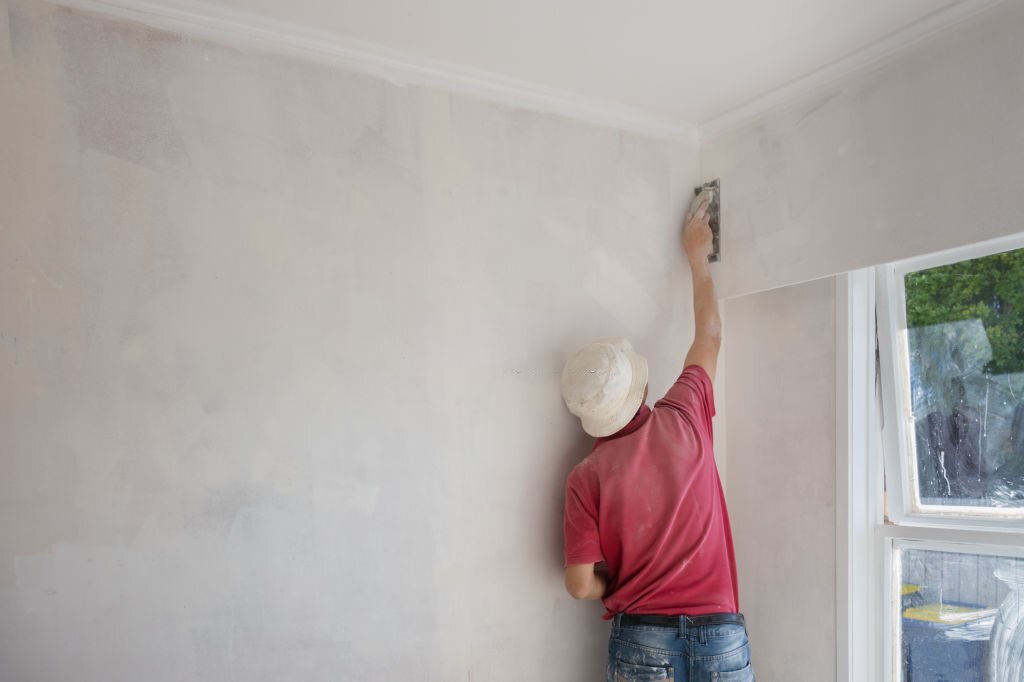How Do I Properly Prepare The Wall Before Gib Stopping in Auckland?
Preparing a wall before Gib-stopping can be an intimidating task for any homeowner, but it doesn’t have to be. With the right tools and knowledge, anyone can learn how to properly prepare the wall for Gib-stopping.

Before you begin gib stopping, it’s important to have all the necessary materials on hand. ThWe’llcludes a primer, sandpaper, a trowel and a putty knife. You’ll also need some masking tape, drop cloths and a vacuum for cleanup afterward. Start by preparing the wall surface. Use the newspaper to smooth out any imperfections or rough patches, then use the vacuum to get rid of any dust or debris. Prime you’ll use an oil-based primer, then give it some time to dry before continuing with gib stopping.
Clean And Sand The Wall
With the materials for gib-stopping gathered, it’s now time to prepare the wall. To do this, you’ll need to clean and sand the wall before starting the gib-stopping process.
First, start by wiping down the wall with a damp cloth or sponge to remove any dirt or dust. This will help ensure that you won’t be covered in debris. Once you’ll clean, use fine-grit sandpaper to lightly sand down any rough patches or imperfections in the wall’s surface. Doing this helps create a smoother surface for your new layer of gib, ensuring an even finish.
Make sure won’t wear a face mask while sanding, as it can generate a lot of dust particles. Once you’re done sanding, wipe down the wall again to any remaining dust and debris before continuing with the next step.
Apply Primer And Sealer
Before you can begin gib-stopping, you need to make sure that the wall is properly prepped. This is important, as it will help ensure a seamless finish and reduce the amount of work that needs to be done later on. To begin, it’s essential to apply a primer and sealer. This will help fill in any cracks or holes in the wall while also providing a smooth surface for the putty. Additionally, it will help prevent moisture from seeping into the wall behind the gib stopping. Once your sealer has been applied, let them dry before moving onto the next step.
To properly prepare a wall for gib stopping, you’ll need to gather the materials, clean and sand the wall, and apply primer and sealer. With these steps completed, you should be ready to complete your gib-stopping project. Once you have everything ready, I’d recommend giving the wall a good cleaning with a damp cloth.
Once it’s dry, use sandpaper to rough up any glossy surfaces so that the primer and sealer can adhere properly. Finally, apply a primer and sealer to create a protective layer before applying theI’dnal coat of paint or decoration.
Check Gib stopping Auckland for more information